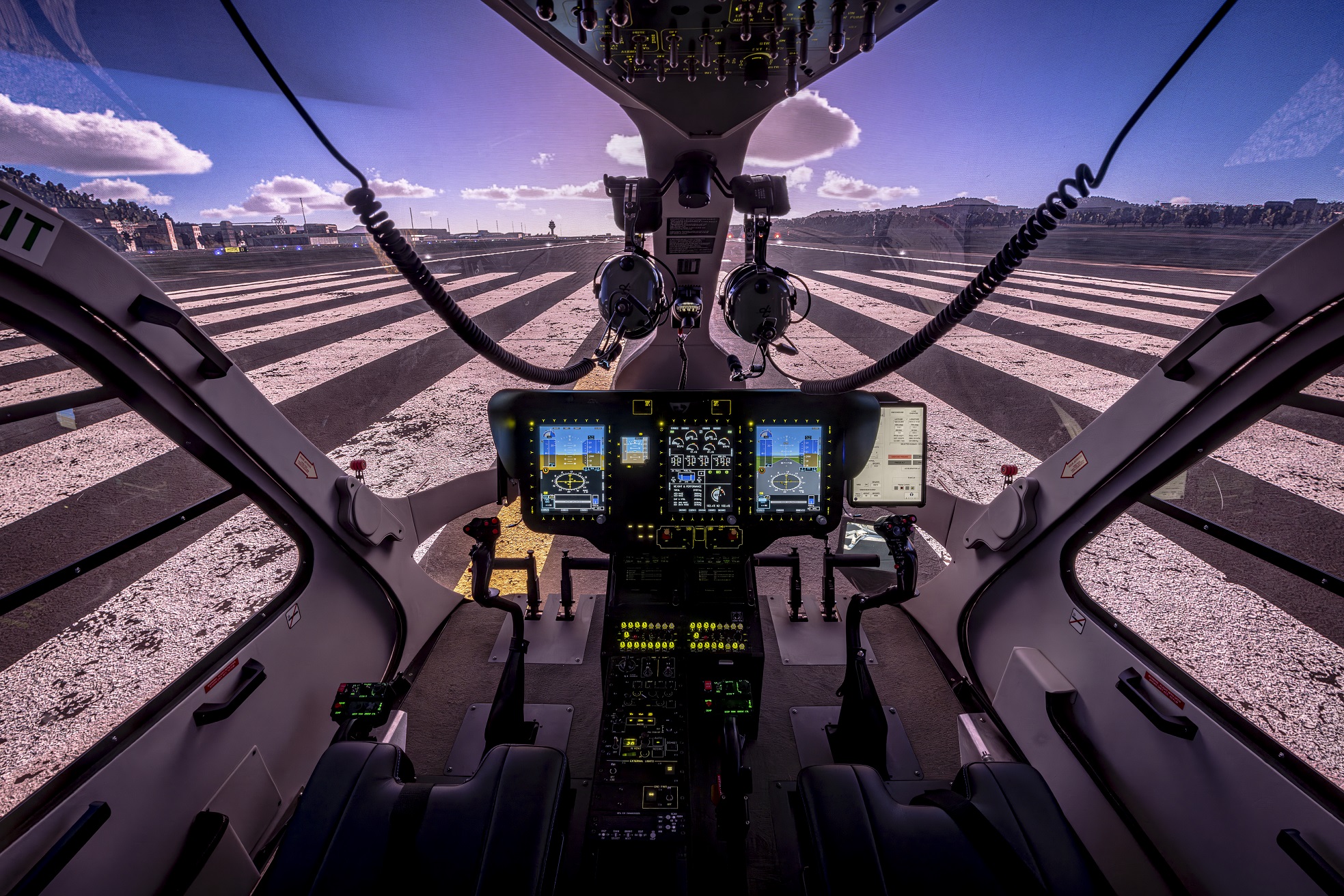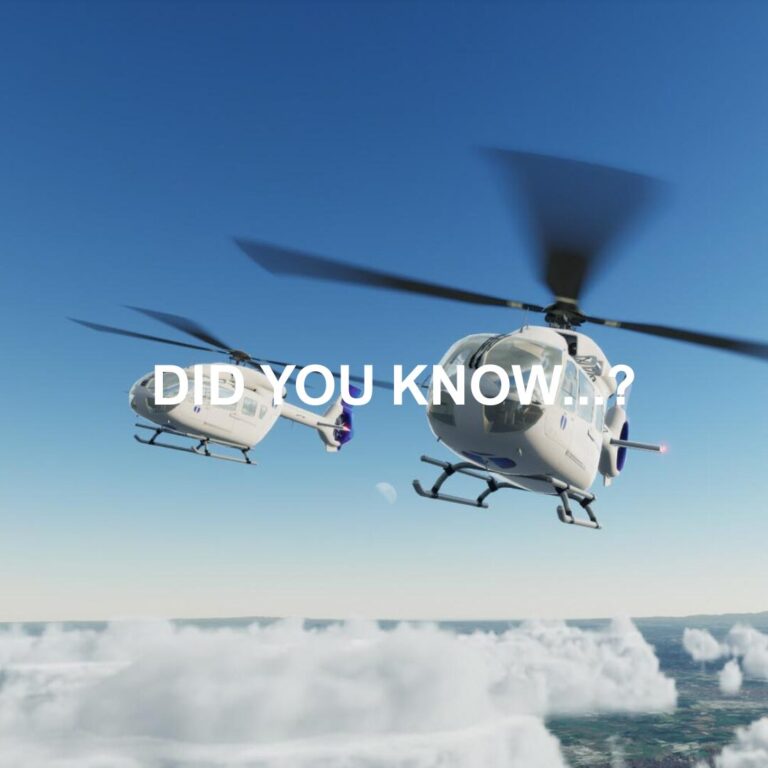
Full Flight Simulators (FFS) represent the pinnacle of aviation training technology. Their goal is ambitious yet clear: to replicate a specific aircraft with such precision that the pilot’s brain believes it is flying the real thing. This level of realism is not magic; it is the result of a meticulous engineering process where different cutting-edge technologies converge.
But what are the key components that transform a static cabin into a living, breathing cockpit? At entrol, we believe true realism is a combination of authentic data, immersive sensations, and a flawless virtual world. In this article, we dive into the details that make an FFS a truly realistic training environment.
The pillars of realism in a Full Flight Simulator
Achieving the highest level of realism required for certification and effective training depends on several key technological pillars working in perfect harmony.
1. The foundation: a digital twin born from real flight data
The journey to realism doesn’t start in the workshop; it starts in the air. Before we build anything, we conduct our own in-house flight tests on the actual aircraft. This allows us to capture thousands of data points to create a true “digital twin”. This exhaustive process includes:
- Testing the precise response of controls, pedals, and systems.
- Analyzing the behavior of batteries and the performance of the electrical systems.
- Conducting multiple tests for startup, takeoff, and flight maneuvers.
- Photographing the interior to replicate every switch and panel with 1:1 accuracy.
- This real data feeds our software, over which we have total control, allowing us to replicate the exact avionics and configuration of our client’s fleet.
2. The sensation of flight: motion and control loading systems
A pilot doesn’t just see the flight; they feel it. An FFS achieves this through two crucial systems. First, the 6-axis motion system, which replicates the physical sensations of acceleration, turns, turbulence, and ground contact. Second, and just as important, is the Control Loading System (CLS). This technology ensures that the forces the pilot experiences through the flight controls are extremely precise, recreating the exact feedback they would feel when maneuvering the real aircraft. This is essential for developing accurate muscle memory.
3.The auditory environment: a realistic soundscape
Beyond the visual, realism in an FFS is defined by how the pilot ‘feels’ the aircraft. This ‘touch & feel’ is fundamental for developing the accurate muscle memory and instinctive reactions needed in real-world operations.
This tactile sensation is complemented by the 6-axis motion system, which replicates the physical sensations of acceleration, turns, turbulence, and ground contact. The combination of both systems creates an immersive experience where the pilot doesn’t just see the flight—they feel it in their own hands and body, which is essential for high-fidelity training.
4.The world outside: unparalleled visual fidelity
What the pilot sees is fundamental for immersion and for practicing mission-specific scenarios. Our FFS integrates the most advanced visual technology to create a completely believable world. This includes our ENWALL LED cylindrical visual system, which offers a seamless, high-contrast, and uninterrupted field of view. This hardware is powered by our ENVISION image generator, which uses Unreal Engine to create stunningly realistic databases, weather effects, and operational scenarios. Furthermore, its NVIS compatibility makes it the perfect tool for specialized night mission training.
5.The instructor’s brain: the instructor operating station
An FFS is only as good as the training conducted in it. That’s why the Instructor Operating Station (IOS) is the true command center of the simulation. From an intuitive interface, the instructor has the power to control every variable of the session: they can introduce engine failures at the most critical moment, suddenly change weather conditions, reposition the aircraft to repeat a maneuver, or act as an air traffic controller. An advanced IOS is what turns a simulator into a flexible and all-powerful teaching tool.
Why this realism is crucial for training and certification
This commitment to realism is not just about creating an impressive experience. It is this high level of fidelity that allows Full Flight Simulators to be certified for the most demanding types of training. It provides a zero-risk environment where pilots can practice and master the most dangerous emergency procedures, including Upset Prevention and Recovery Training (UPRT), making them safer and more competent in the real world.
At entrol, our commitment is to provide the most realistic and reliable training tools on the market. Our Full Flight Simulator (FFS) is the culmination of this philosophy, born from decades of experience and a passion for innovation. To explore our complete range of flight simulators, we invite you to visit our website.



